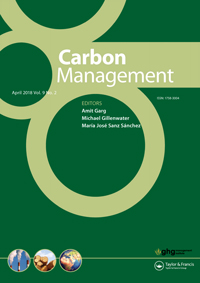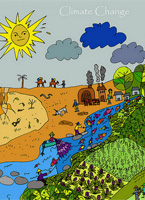Successfully meeting the mitigation and adaptation targets of the Paris Climate Agreement (PA) will depend on strengthening the ties between forests and agriculture. Climate-smart land use can be achieved by integrating climate-smart agriculture (CSA) and REDD+. The focus on agriculture for food security within a changing climate, and on forests for climate change mitigation and adaptation, can be achieved simultaneously with a transformational change in the land-use sector. Striving for both independently will lead to competition for land, inefficiencies in monitoring and conflicting agendas. Practical solutions exist for specific contexts that can lead to increased agricultural output and forest protection. Landscape-level emissions accounting can be used to identify these practices. Transdisciplinary research agendas can identify and prioritize solutions and targets for integrated mitigation and adaptation interventions. Policy coherence must be achieved at a number of levels, from international to local, to avoid conflicting incentives. Transparency must lastly be integrated, through collaborative design of projects, and open data and methods. Climate-smart land use requires all these elements, and will increase the likelihood of successful REDD+ and CSA interventions. This will support the PA as well as other initiatives as part of the Sustainable Development Goals.
Authors:
Carter S, Arts B, Giller KE, Golcher CS, Kok K, De Koning J, van Noordwijk M, Reisdma P, Rufino MC, Salvini G, Verchot L, Wollenberg E, Herold M
Year:
2018


